'Every day that passes, the bigger the gruppetto becomes': How sprinters survive the Giro d'Italia mountains
We asked the fast-men remaining at the 2017 Giro d'Italia how they got through the difficult mountain days of the final week
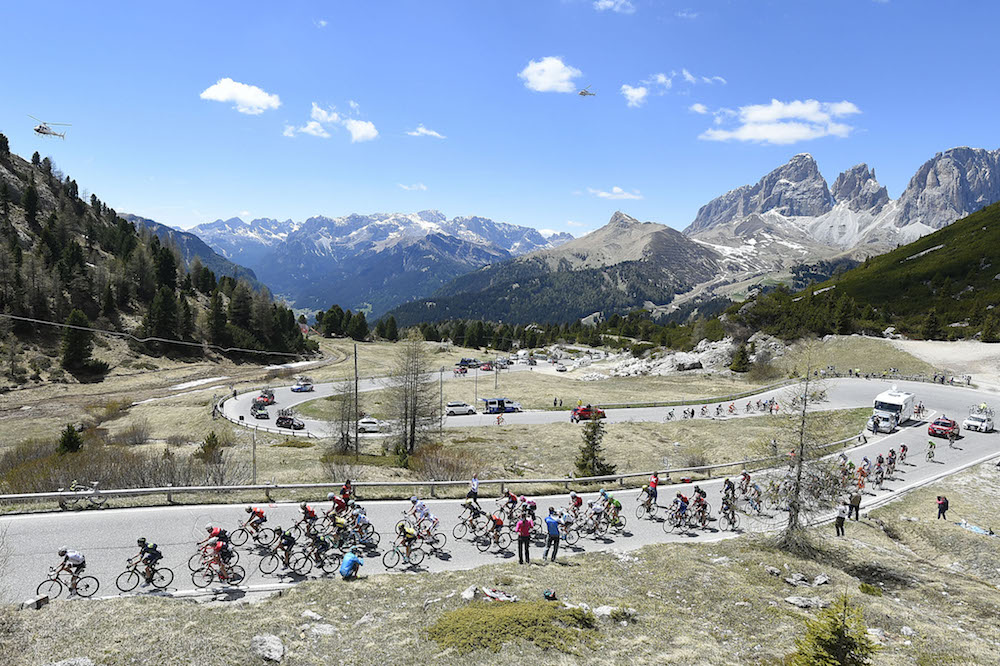
Stage 18 of the 2017 Giro d'Italia travels through the Dolomites
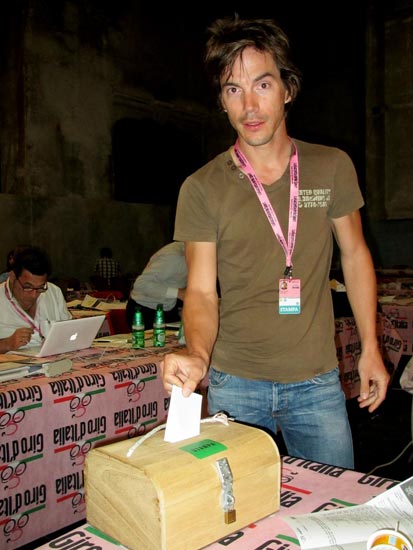
Climbing the Stelvio, Mortirolo and passes in the Dolomites appears easy for the race leaders, but how do the sprinters survive the among the Giro d'Italia's giants?
The 18th stage to Ortisei included three 2000-metre passes and two smaller ones. The favourites finished in three hours, 54 minutes. The gruppetto, or the large number of riders who form behind to make the time limit, rolled in 35 minutes later.
>>> What gears do the pros use in the Giro d’Italia’s mountain stages?
"You are normally safe in the gruppetto, but I went deep on the Stelvio stage and paid for that in stage 17," Sam Bennett (Bora-Hansgrohe) told Cycling Weekly.
"I get much information from the car. And normally, I find the older respected riders.
"In the Tour de France, I look for Bernie Eisel, he keeps things nice and steady. Here I think it's Filippo Pozzato, I try to look for him, but he goes in way harder, harder at the beginning and eases in the end."
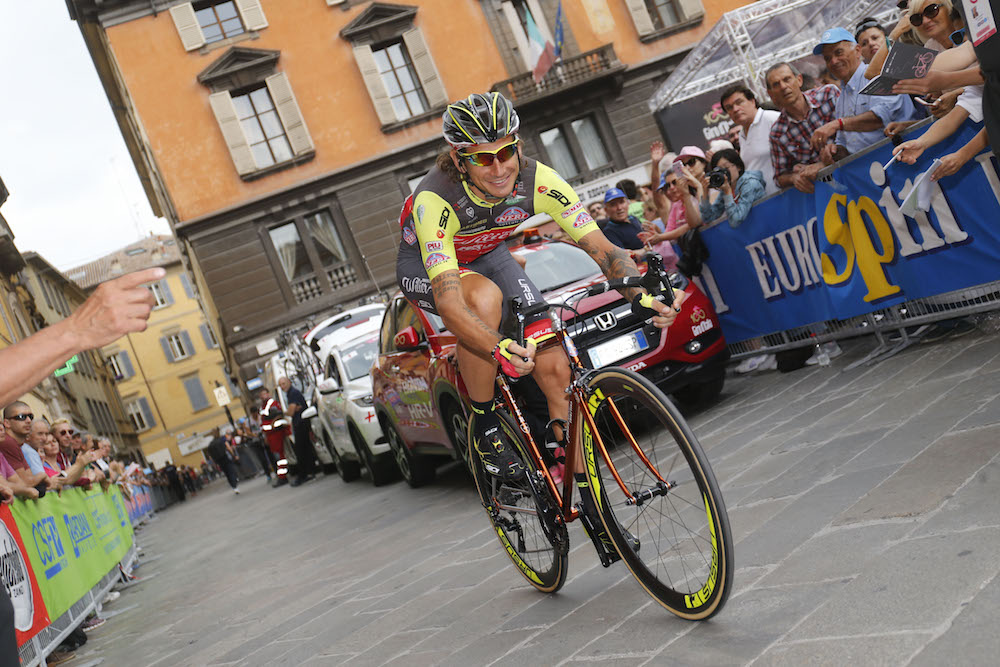
Bennett is one of the few sprinters that remain in the 100th edition of the Giro d'Italia. Most have gone home since only mountain days and a time trial remain. Stage winners Caleb Ewan (Orica-Scott) and André Greipel (Lotto-Soudal) already abandoned.
Get The Leadout Newsletter
The latest race content, interviews, features, reviews and expert buying guides, direct to your inbox!
"I like to pass time with Philip Deignan, he's from Ireland, as well. At the start I as talking with Caleb a bit, he's a good laugh, and we are both sprinters and with the same mentality."
"There were some experts in the past, a few years ago, when I started I always looked around and my DS told me to look for those guys," Ewan's lead-out man Luka Mezgec (Orica-Scott) said.
"But these days, there's not a real guy to watch. Like sometimes when Eisel is there, you can watch and rely on him, but now everyone is pushing pushing, that's why some guys explode. There's no really respected guy who says, 'gruppetto' and everyone pauses. No, that's gone."
The race organiser calculates the time limit based on the winner's time. On Thursday's stage 18, it was 21 per cent.
Anyone who goes over that time limit is eliminated. Fortunately, this Giro d'Italia has been kind to the riders so far. And in a gruppetto, there is safety in numbers because a organiser would find it hard to eliminate large group even if it was out of the time limit.
"We have to be good, at least good enough to hold the gruppetto tempo. The trick is to not to go into the red on the starts with the up hills. Once you do it, you blow your tits off and you suffer for the rest of the day," added Mezgec.
"I always start the climb at the front, go my own pace and slip back. If the gruppetto is established, I drop down to it, otherwise I just fight."
"In a stage like the one to Ortisei, the gruppetto will come by the third climb," said Italian Enrico Battaglin (LottoNL-Jumbo), winner of two stages in the Giro d'Italia in 2013 and 2014.

"You need to hold until then, hoping to get with the first guys over those climbs, just as far as possible towards the line.
"Once you get closer to the finish, and it forms, you can go slower in the gruppetto and slow down. If it goes earlier, you use more energy and the next days are harder.
"There are riders who have more experience, who've done more Giros, they know how to manage the time better.
"Filippo Pozzato and Manuel Quinziato are the experts to follow. They manage it well. In the first days the group was smaller, not it's not even a gruppetto, it's a gruppo!
"Everyday that passes, the bigger the group becomes."

Thank you for reading 20 articles this month* Join now for unlimited access
Enjoy your first month for just £1 / $1 / €1
*Read 5 free articles per month without a subscription

Join now for unlimited access
Try first month for just £1 / $1 / €1
Gregor Brown is an experienced cycling journalist, based in Florence, Italy. He has covered races all over the world for over a decade - following the Giro, Tour de France, and every major race since 2006. His love of cycling began with freestyle and BMX, before the 1998 Tour de France led him to a deep appreciation of the road racing season.
-
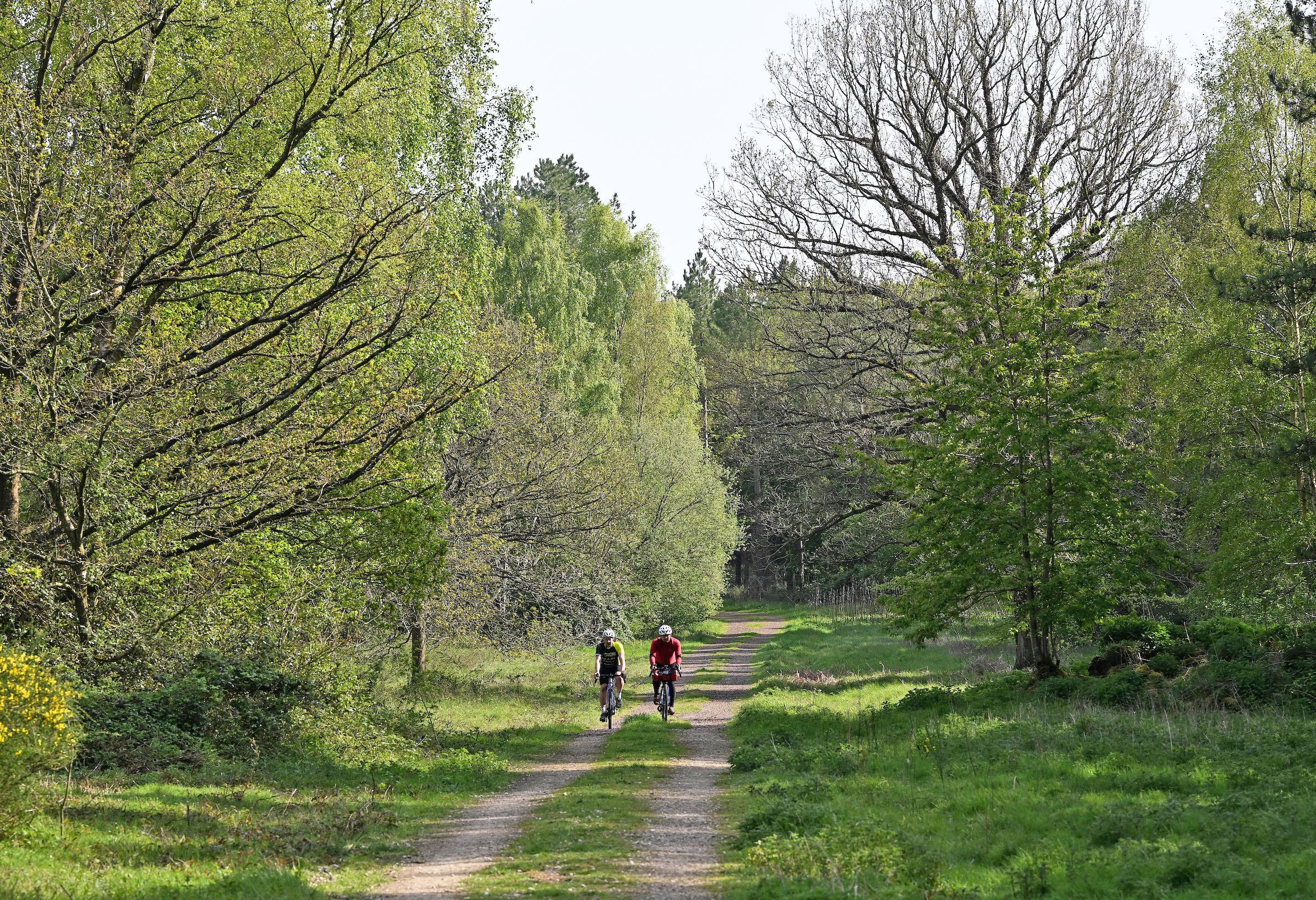 The sun's out and so am I: why there's no shame in being a fair-weather bike rider
The sun's out and so am I: why there's no shame in being a fair-weather bike riderLet's be honest, rain and riding bikes don't mix well – there's nothing wrong with waiting for the sun
By James Shrubsall
-
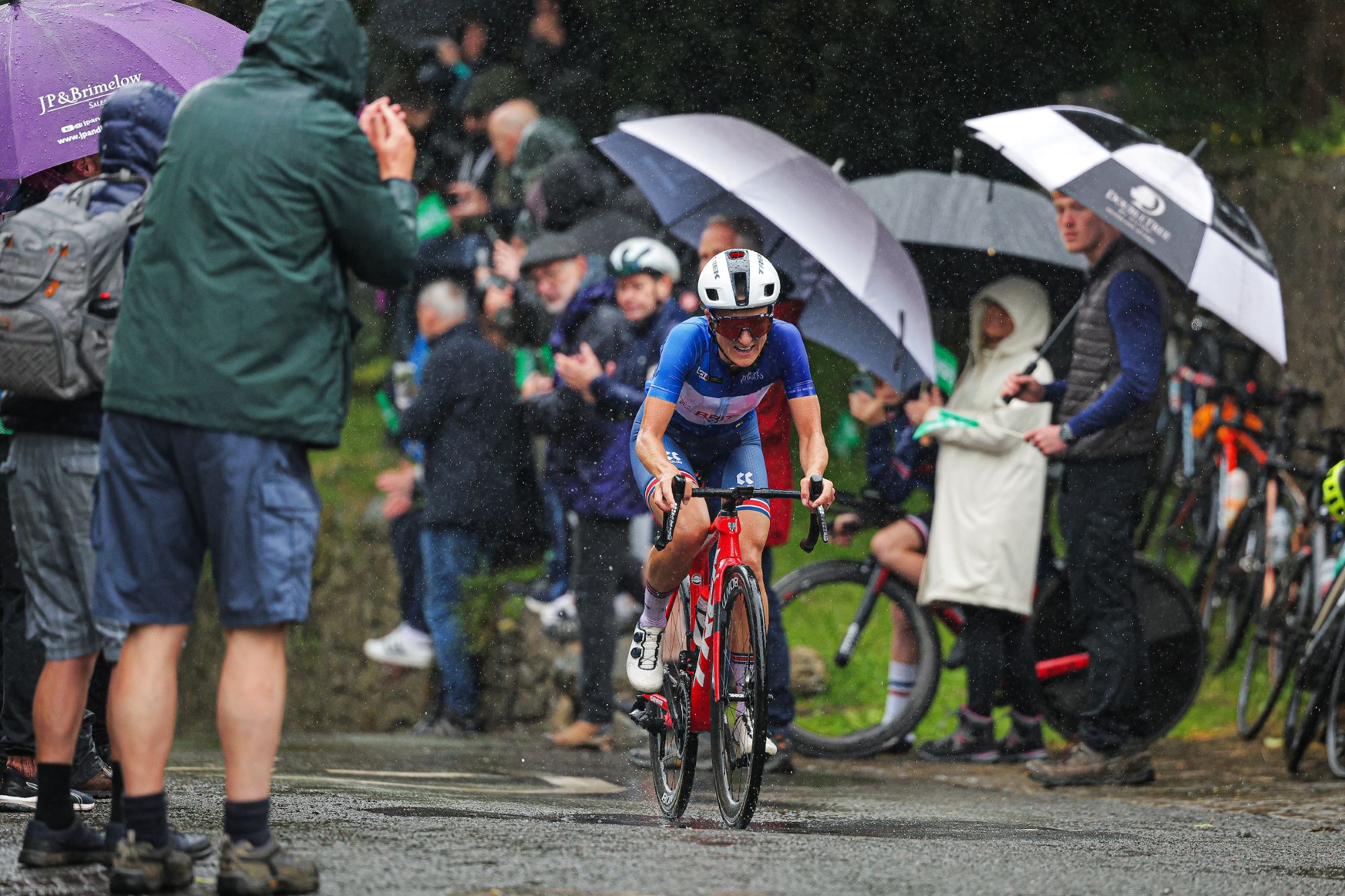 FDJ-Suez, SD Worx-Protime, Lidl-Trek confirmed for Tour of Britain Women as strong list of teams announced
FDJ-Suez, SD Worx-Protime, Lidl-Trek confirmed for Tour of Britain Women as strong list of teams announced18 teams set to take part in four-day WorldTour stage race
By Tom Thewlis